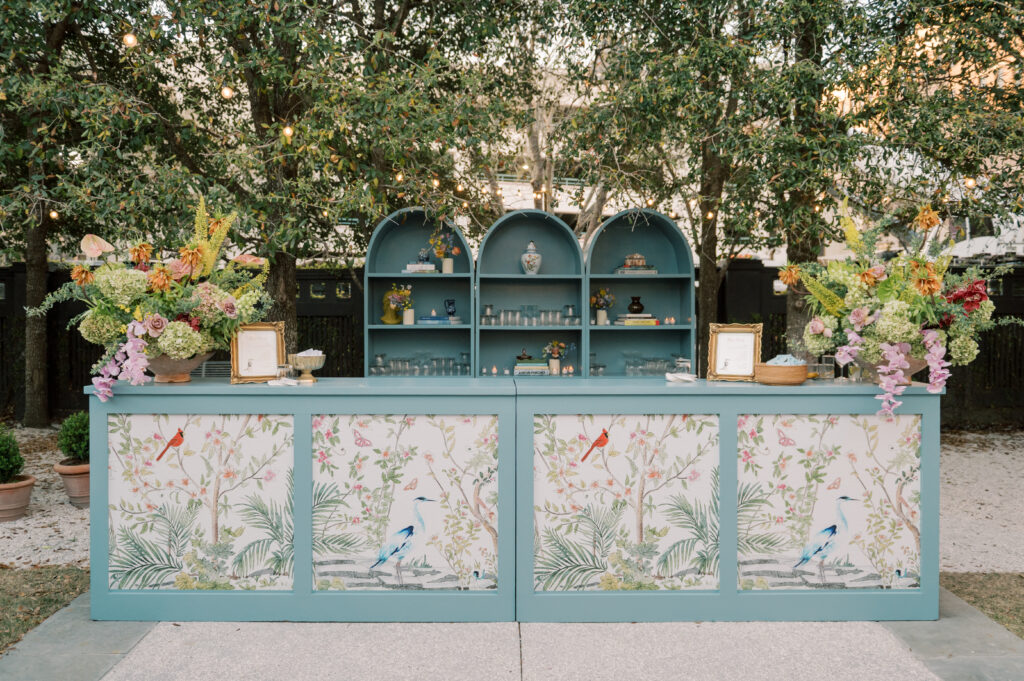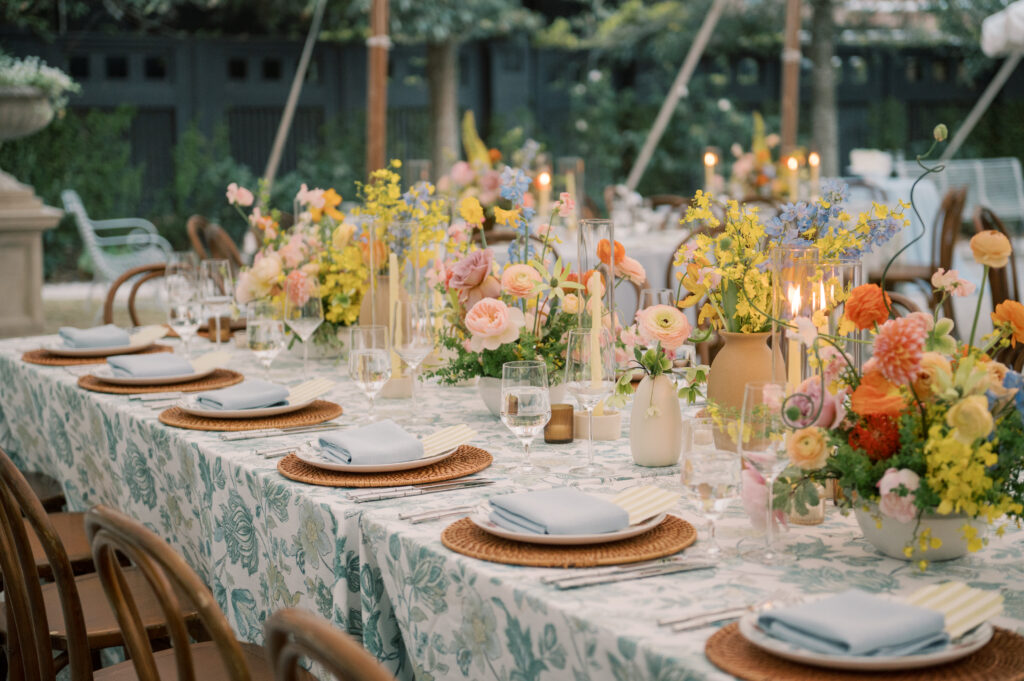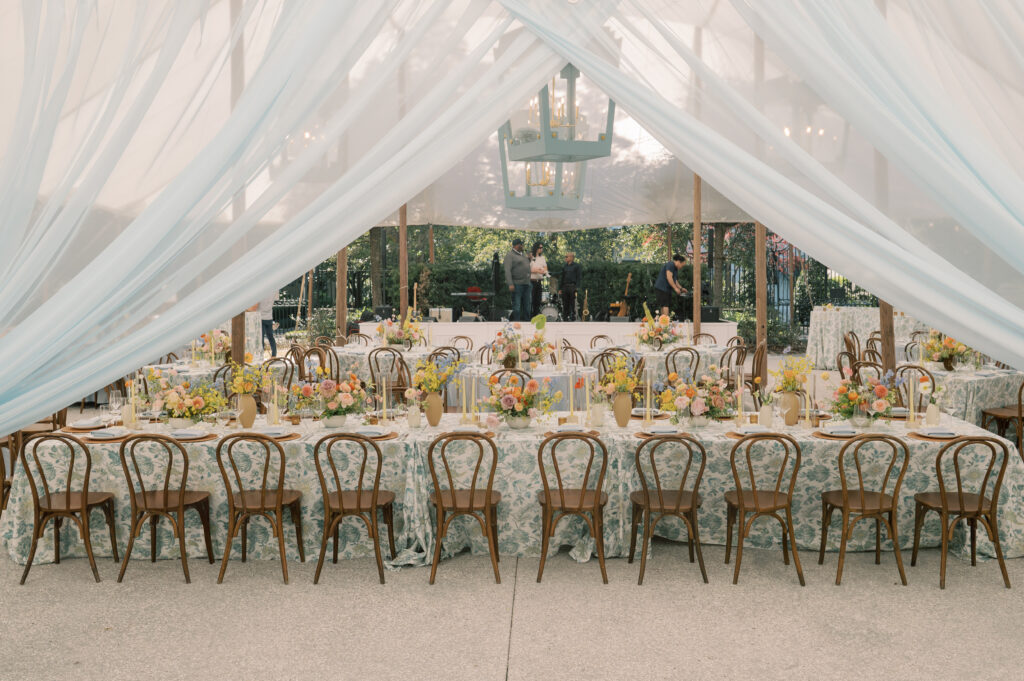HOME
ABOUT
SERVICES
BLOG
Inquire Here ⟶
PRESS
DETAILS
5 InDesign Tricks Every Stationery Designer Should Know
June 10, 2025
If you’re a stationery designer using Adobe InDesign, chances are you’ve spent more time than you’d like clicking, resizing, dragging, and trying to streamline your process. The good news? A few smart shortcuts can save you serious time (and headaches) in your day-to-day design work.

Whether you’re designing custom wedding invitations, day-of paper goods, or client branding materials, these InDesign tips are here to make your creative workflow faster, smoother, and more enjoyable. 💌
Let’s walk through 5 time-saving tricks every stationery designer should try:

1. Build & Use Creative Cloud Libraries
Say goodbye to digging through folders for that one watercolor floral. With Creative Cloud Libraries, you can store all your design assets—color palettes, licensed artwork, monograms, icons—in one easily accessible place. It’s like a virtual toolbox you can access across Adobe programs (InDesign, Photoshop, Illustrator) so you always have what you need at your fingertips.
2. Set Up Preset Page Sizes
Tired of retyping dimensions for every RSVP or detail card? Create your own page size presets inside InDesign so you can quickly add new pages that match standard stationery sizes (like A7, A2, A1, etc.) with just a click. It keeps your suite files consistent and saves you time in every project.

3. Use Find/Change to Update Colors Instantly
Instead of selecting each text box or shape individually, use the Command + F shortcut to open the Find/Change tool. Then switch to the color tab and quickly swap one color for another throughout your entire document—perfect for brand refreshes or last-minute changes!
4. Master the Alignment Tools
Need everything centered perfectly? InDesign’s built-in alignment shortcuts let you quickly center elements to the page or align objects to one another. It’s one of the easiest ways to clean up a layout without spending extra time nudging things pixel by pixel.

5. Edit Artwork with Photoshop’s “Edit With” Tool
Want to tweak artwork colors without creating a new file? Right-click any placed image and select “Edit With” > Photoshop. You can adjust hue, saturation, or specific colors and when you save in Photoshop, the artwork will auto-update in InDesign. It’s a game-changer for cohesive edits across complex files.
Whether you’re new to InDesign or ready to refine your process, these tricks can help you design more confidently and efficiently—without sacrificing creativity.
Need to see these tips in action?
Watch the full YouTube video here where I walk you through each one step-by-step and show you exactly how I use them in my own design files!
✨Want even more support with your design process? My Stationery Designer Toolkit is filled with pre-built Creative Cloud Libraries, licensed artwork, and InDesign tutorials to help you streamline your workflow and elevate your designs.
Leave a Reply Cancel reply
let's be friends
@elisabethstuckeydesign